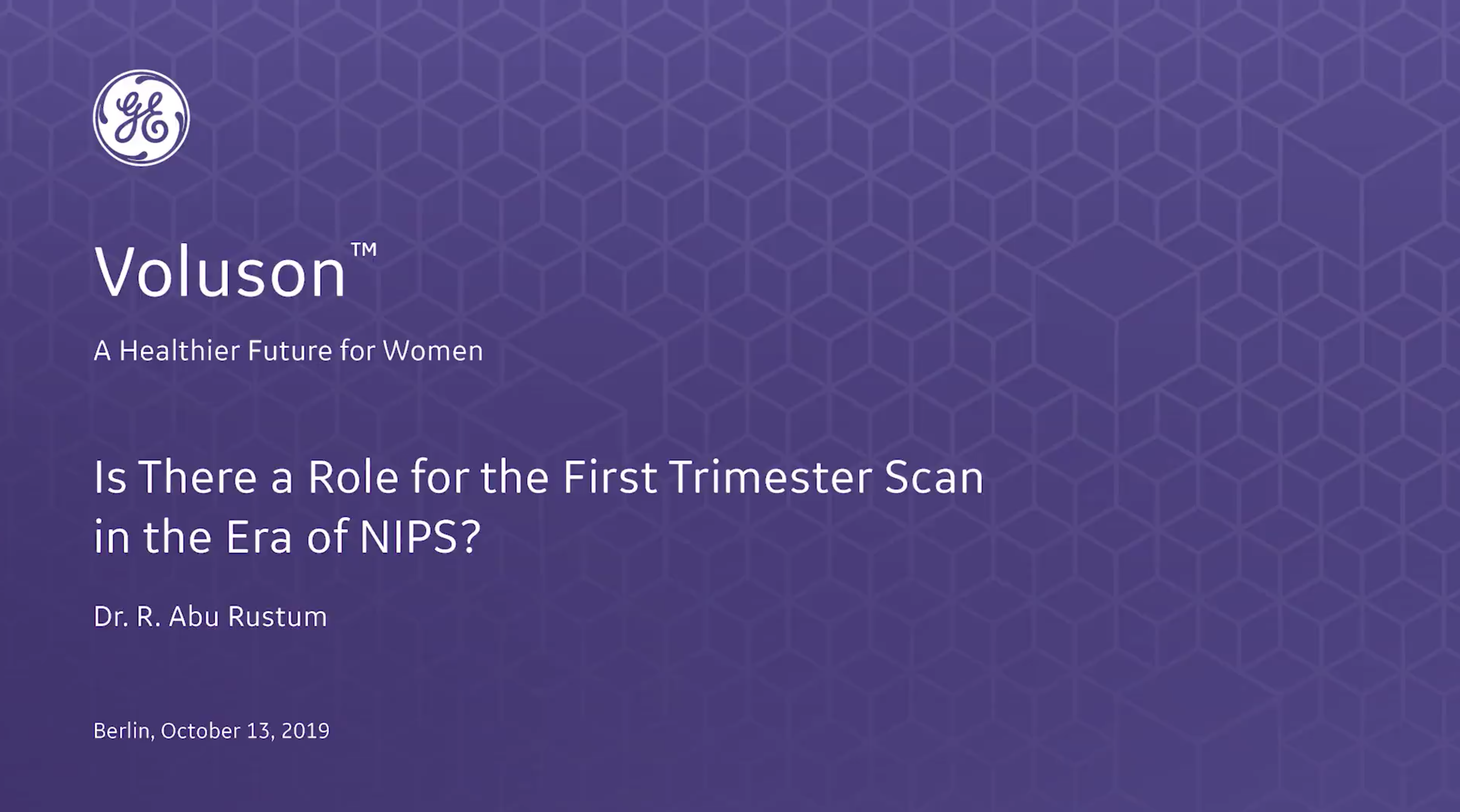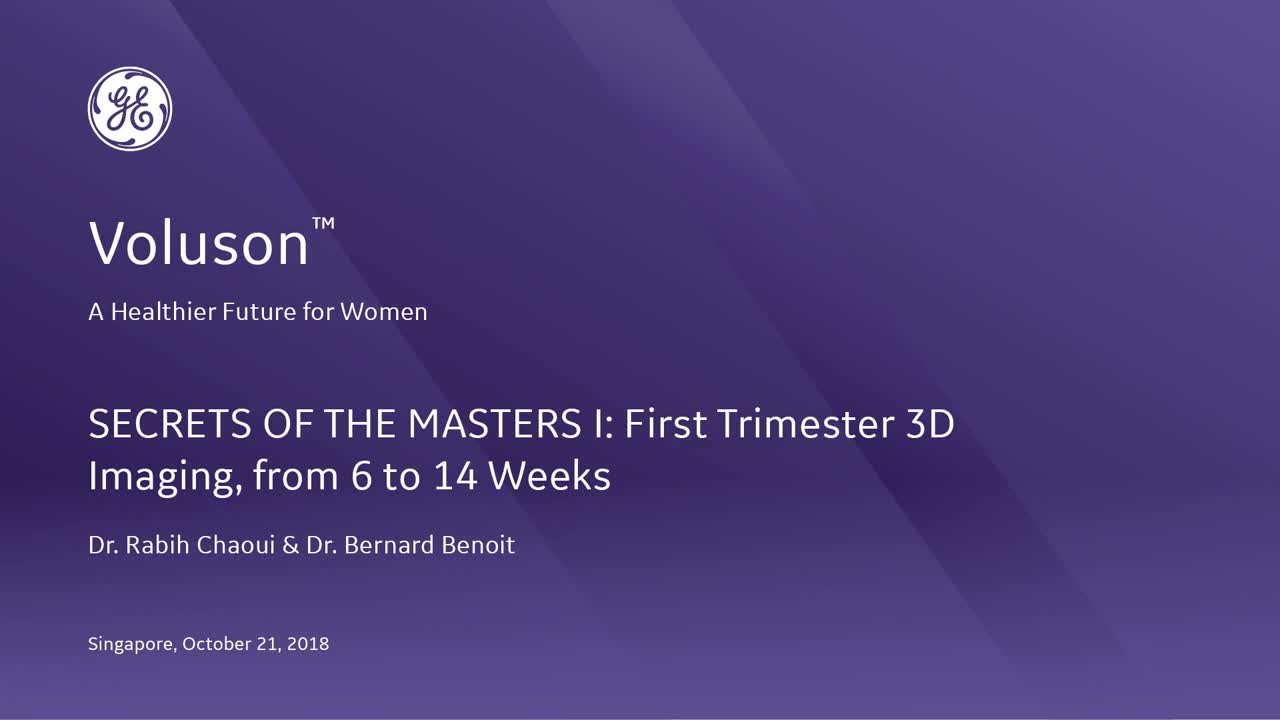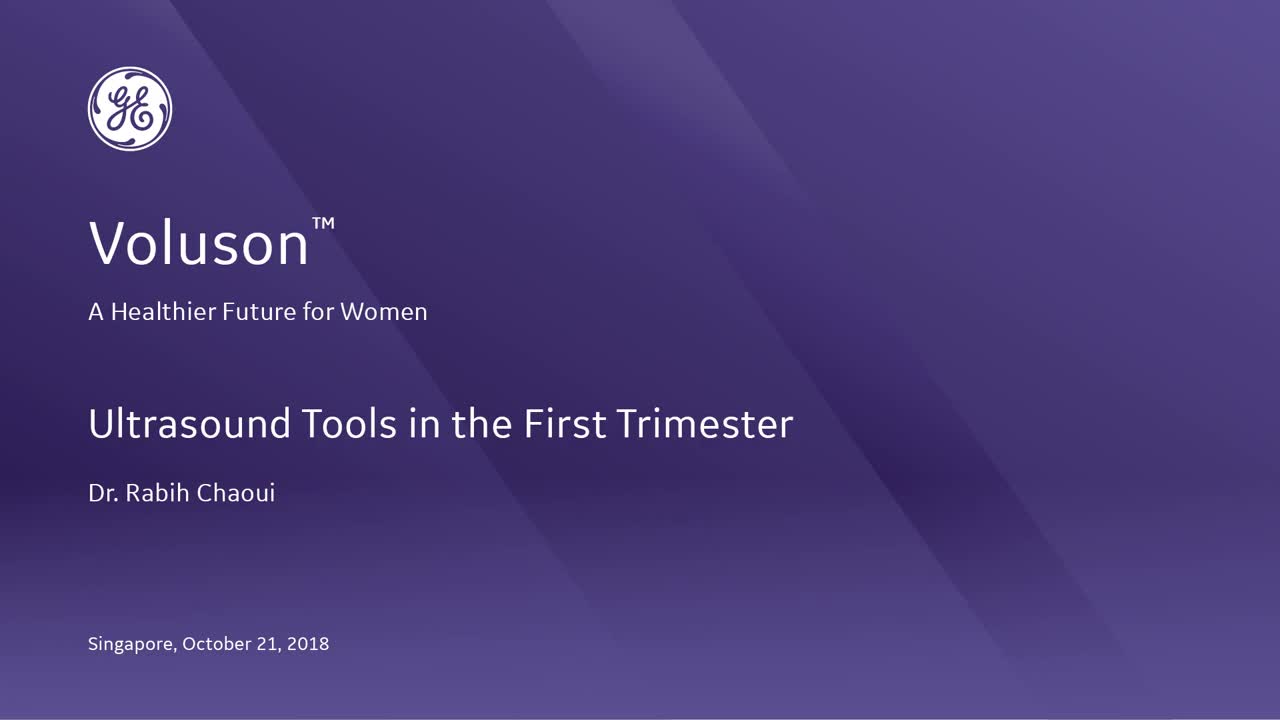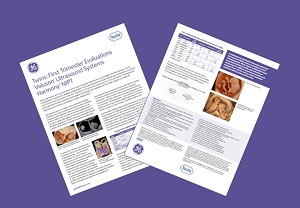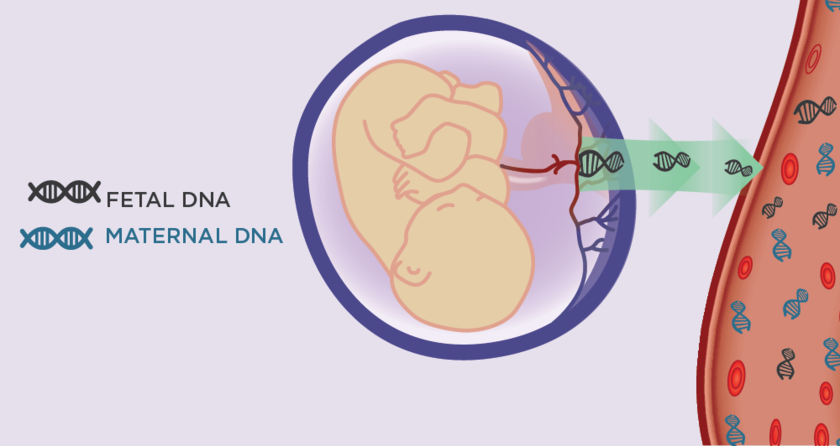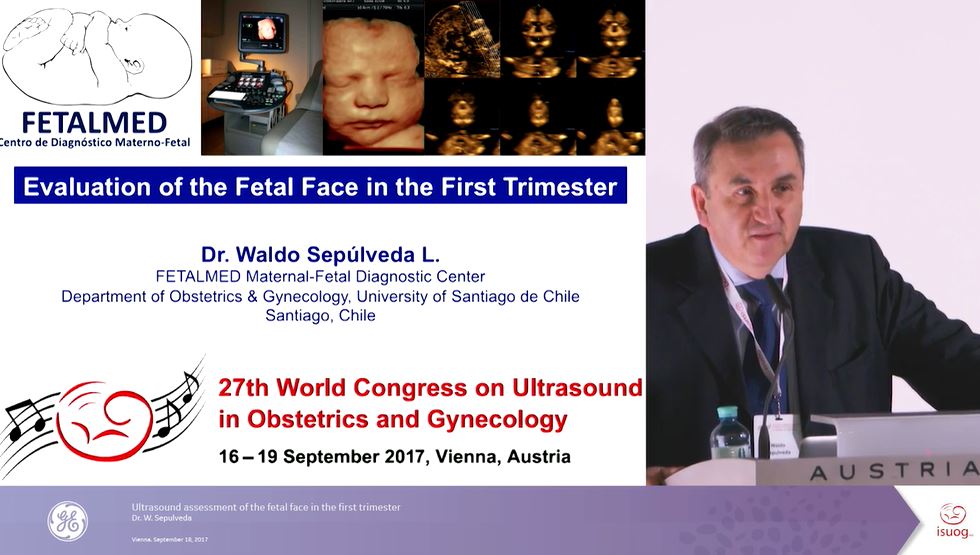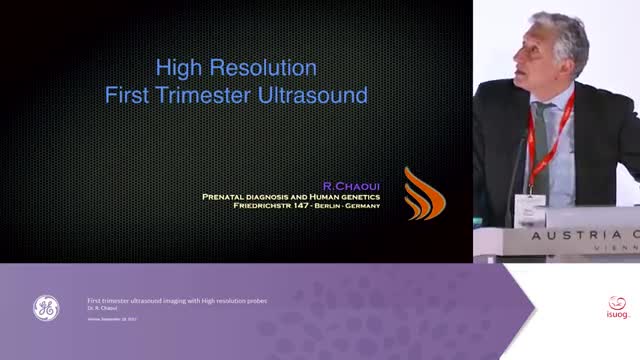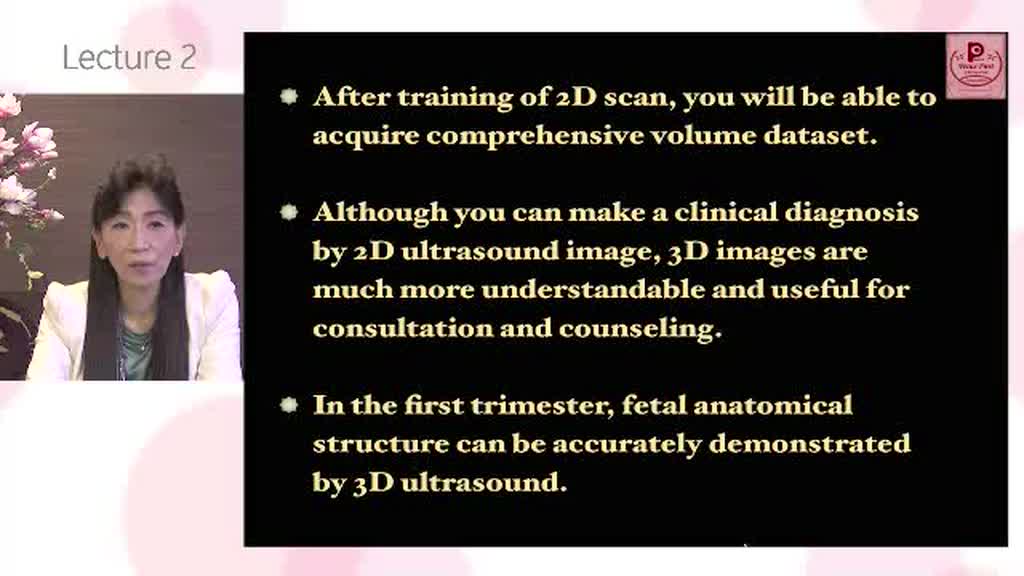First Trimester Experience
- Early Detection Timely Diagnosis
- Pregnancy Validation
- Chromosomal Abnormalities
- Structural Abnormalities
- Twins in First Trimester
- Learning Library
Early Detection Timely Diagnosis
First trimester ultrasound imaging is most commonly limited to the risk determination of Down’s Syndrome. Adding a detailed ultrasound around 12-14 weeks can help validate chromosomal anomalies but can also identify structural malformations including spina bifida, limb defects, congenital diaphragmatic hernia and congenital heart defects. Using Voluson™ ultrasound systems can help improve the detection rates of chromosomal and structural anomalies for earlier detection, providing answers sooner for better decision making .

Pregnancy Validation
After discovering a pregnancy, the anticipation of the first images of their baby is an exciting and anxious time for parents. The initial ultrasound examination is normally conducted between 6-10 weeks. The objective of this first scan is to visually confirm the number of embryos present and determine whether the pregnancy is progressing normally. Measurements including yolk sac diameter, heart rate, and crown-rump lengths can offer insights into the health of the early gestation period of pregnancy. Voluson ultrasound systems extraordinary imaging can offer well-defined insights to help provide validation and initial answers for parents.
Enabling early, focused, and efficient guidance for maternal fetal care
The 10th to 14th weeks of gestation present a unique opportunity to learn about the health of a pregnancy. Advances in ultrasound technology and maternal blood analysis have allowed for first trimester evaluation for serious fetal anomalies and more accurate screening for chromosomal conditions. The complimentary technology of cell free DNA and Voluson ultrasound systems can help deliver proven, clinically relevant information on Down syndrome, trisomy 18 and trisomy 13 (the “common” trisomies). allowing clinicians and patients to have clear answers sooner.
Download Screening for 22q11.2 Deletion PDF
Download Voluson & Harmony test PDF
It is important to understand that a detailed first trimester ultrasound can detect malformations that can either occur in isolation or with maternal or genetic disease.4 Anomalies such as congenital heart defects, spina bifida, limb defects, congenital diaphragmatic hernia can be identified. The first trimester assessment presents a unique opportunity to evaluate for potential complications. Using Voluson ultrasound systems can help improve the detection rates structural anomalies for earlier detection, providing answers sooner for better decision making.
1. ISUOG Practice Guidelines: Role of ultrasound in twin pregnancy - Ultrasound Obstet Gynecol 2016; 47: 247–263
2. Audibert F, Gagnon A. No. 262-Prenatal Screening for and Diagnosis of Aneuploidy in Twin Pregnancies. J Obstet Gynaecol Canada. 2017;39(9):e347-e361
3. ACOG. Practice Bulletin 169: Multifetal gestations: Twin, triplet and higher-order multifetalpregnancies. Obstet Gynecol. 2016;128(4):e131-e146
4. Oepkes D, Sueters M. Antenatal fetal surveillance in multiple pregnancies. Best Pract Res Clin Obstet Gynaecol. 2017;38:59-70
5. No. 348-Joint SOGC-CCMG Guideline: Update on Prenatal Screening for Fetal Aneuploidy, Fetal Anomalies, and Adverse Pregnancy Outcomes. J Obstet and Gynaecol Canada. 2017;39(9):805-817
Twin pregnancies are now more prevalent due to advancements in Assisted Reproductive Technologies. In twins, the risk for anomalies is even higher as compared to singletons. A detailed first trimester ultrasound is recommended for accurate assessment of gestational age, and chorionicity, which allows for proper triage of pregnancies at risk for pre-term birth and twin-to-twin transfusion syndrome. 1-5 With Voluson ultrasound systems, we aim to help you improve patient care with innovative technologies that allow you to focus on early prevention rather than late diagnosis.
1. ISUOG Practice Guidelines: Role of ultrasound in twin pregnancy - Ultrasound Obstet Gynecol 2016; 47: 247–263
2. Audibert F, Gagnon A. No. 262-Prenatal Screening for and Diagnosis of Aneuploidy in Twin Pregnancies. J Obstet Gynaecol Canada. 2017;39(9):e347-e361
3. ACOG. Practice Bulletin 169: Multifetal gestations: Twin, triplet and higher-order multifetalpregnancies. Obstet Gynecol. 2016;128(4):e131-e146
4. Oepkes D, Sueters M. Antenatal fetal surveillance in multiple pregnancies. Best Pract Res Clin Obstet Gynaecol. 2017;38:59-70
5. No. 348-Joint SOGC-CCMG Guideline: Update on Prenatal Screening for Fetal Aneuploidy, Fetal Anomalies, and Adverse Pregnancy Outcomes. J Obstet and Gynaecol Canada. 2017;39(9):805-817






